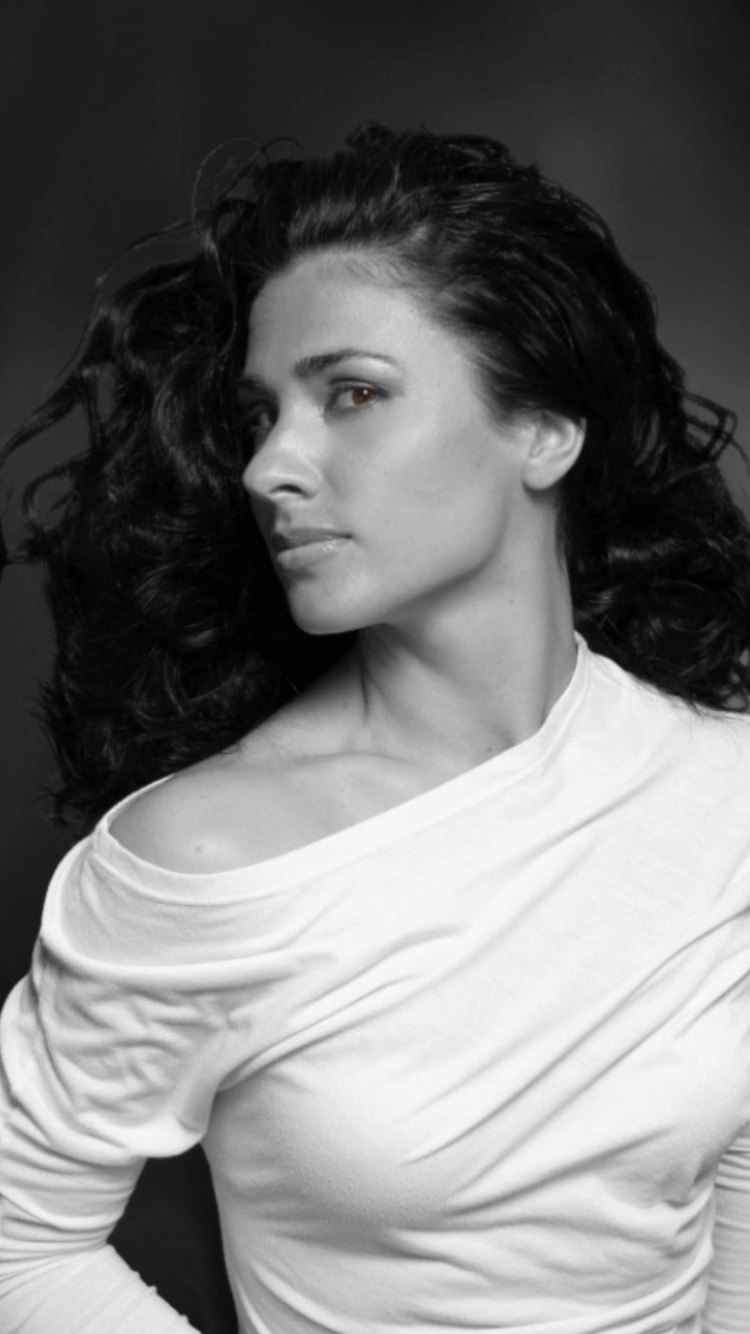Skin is the body’s protective blanket, and it is full of vascular components, subcutaneous tissue, nerves, texture, tone, and limitless pores absorbing and excreting every second of the day. The integumentary system, the largest organ on the body, is a beautiful canvas that is free to roam wherever the mind tells it to go. Yet, when a naked reflection is cast upon a mirror, the eyes of its owner discover a flawed cloak upon its bones. What once was smooth, now rests dimpling terrain. Where a curve pronounced a shape of seamless continuity is now disrupted by the shifting of an individual’s journey throughout the years. Time, choices, and unforeseen events change the body like a worn draping but also with time, ancient alternative practices and medical advancements have a way of assisting the body to rebound.
DISTORTED IMAGE
Body image has been important since the beginning of time. Overtime, it has spawned a breed of its own: body image distortion. With this body image distortion, invasive surgeries and treatments boomed. The perfect body became the new fountain-of-youth search. Along with those invasive techniques, more and more people started becoming aware of alternative, non-invasive techniques. This article delves into those noninvasive ways, where treatments have no downtime, as well as a smaller hit to the wallet.
According to the National Center for Biotechnology Information (NCBI), National Library of Medicine (NLM), National Institutes of Health (NIH), “Body image is one of the components of personal identity. Body image is the figure that one has on their anthropometric measurements, contours, and shape of the body – and also, the feelings correlated to these factors that affect the satisfaction with the body or specific parts of the body… Body image represents how we think, feel, perceive, and behave regarding our bodies.” If body image is how one personally identifies themselves in more ways than one, then it is reasonable to believe that most people seek a healthy body image. In this modern era, social media solicits a filtered image within their feed, distorting reality into a false identity. People see a version of what they believe to be a body image they desire. If an individual is choosing a distorted image, then they will always fall short of their own body image. It is important for professionals to address each client wanting body treatments with compassion, honesty, and care.
Want to read more?
Subscribe to continue reading this article, plus gain access to all DERMASCOPE has to offer.
SUBSCRIBE
References
- Aesthetics Corner. “Non-Invasive Body Contouring” Dermatology Learning Network July 2010. 15 Feb. 2023 https://www.hmpgloballearningnetwork.com/site/thederm/site/cathlab/event/non-invasive-body-contouring#:~:text=PATIENT%20SELECTION,within%201%20year%20of%20remission.
- Cleveland Clinic medical professional. “Fat Freezing (Cryolipolysis)” Cleveland Clinic 25 Jan. 2019. 15 Feb. 2023 https://my.clevelandclinic.org/health/treatments/21060-fat-freezing-cryolipolysis.
3. Dinallo, Anna. “A Reflection on Cupping Therapy and Historical Medical Dominance” Med Crave 20 Jan. 2019, 15 Feb. 2023 https://medcraveonline.com/IJCAM/a-reflection-on-cupping-therapy-and-historical-medical-dominance.html#:~:text=History%20of%20Cupping&text=In%20North%20Africa%2C%20cupping%20therapy,glyph%20to%20reference%20a%20physician.&text=In%20Asia%2C%20during%20the%20Jin,draining%20fluids%20from%20the%20body.
- Guo, Qige, Pei, Qing and Dong, Yiying. “Advances in the Research and Application of High-intensity Focused Electromagnetic Technology for Fat Apoptosis and Body Shaping” Science Direct 27 Sep. 2022, 15 Feb. 2023 https://www.sciencedirect.com/science/article/pii/S2096691122000322
5. Hossein, Seyed Alizera and Padley, Ranjit K. “Body Image Distortion” NIH, National Library of Medicine Center for Biotechnology Information 5 Sep. 2022. 15 Feb. 2023 www.ncbi.nlm.nih.gov/books/NBK545682.com
- Kinney, Brian M., MD, FACS, MSME and Lozanova, Paula., MD. “High Intensity Focused Electromagnetic Therapy Evaluated by Magnetic Resonance Imaging: Safety and Efficacy Study a Dual Tissue Effect Based Non-Invasive Abdominal Shaping” NIH, National Library of Medicine Center for Biotechnology Information 10 Oct. 2018. 15 Feb. 2023 https://www.ncbi.nlm.nih.gov.pmc/articles/pmc6505690/
7. Methods in Enzymology. “Lipolysis” Science Direct 2014. 15 Feb. 2023 www.sciencedirect.com/topics/medicine-and-dentistry/lipolysis
8. Kuschnider, Rebekah. “What is Laser Lipolysis?” Web MD 9, Nov. 2021. 15 Feb. 2023 https://www.webmd.com/beauty/laser-lipolysis.com
9. Vodder School International, LTD. “Manual Lymph Drainage History” Dr. Vodder School International 2023. 15 Feb. 2023 https://vodderschool.com/manual_lymph_drainage_history2#:~:text=The%20history%20of%20the%20method,lymph%20flow%20and%20fluid%20movement.

Amra Lear is a licensed massage therapist and aesthetician, NCBTMB provider, trainer, and co-creator of world-renowned treatments, such as the Nobu Go. She recently relocated to Pallavi Luxury Spa in Clearwater, Florida after spending the last 22 years of her career on the Las Vegas strip at two prestigious spas. As a spa spokesperson, she appears internationally on various media platforms sharing her knowledge on spa treatments and wellness.